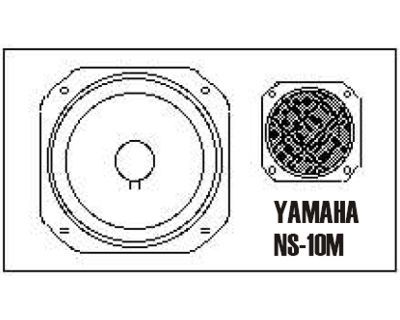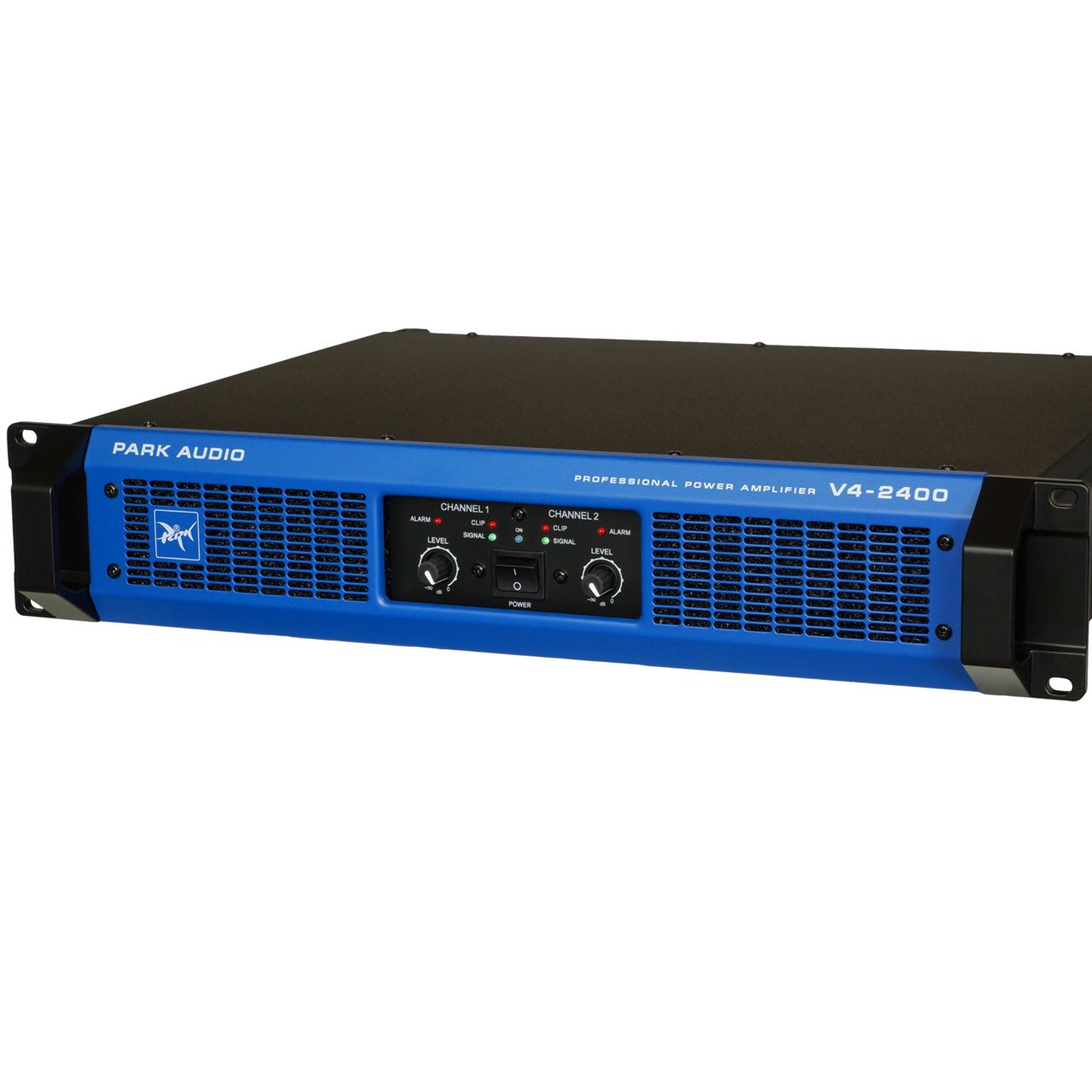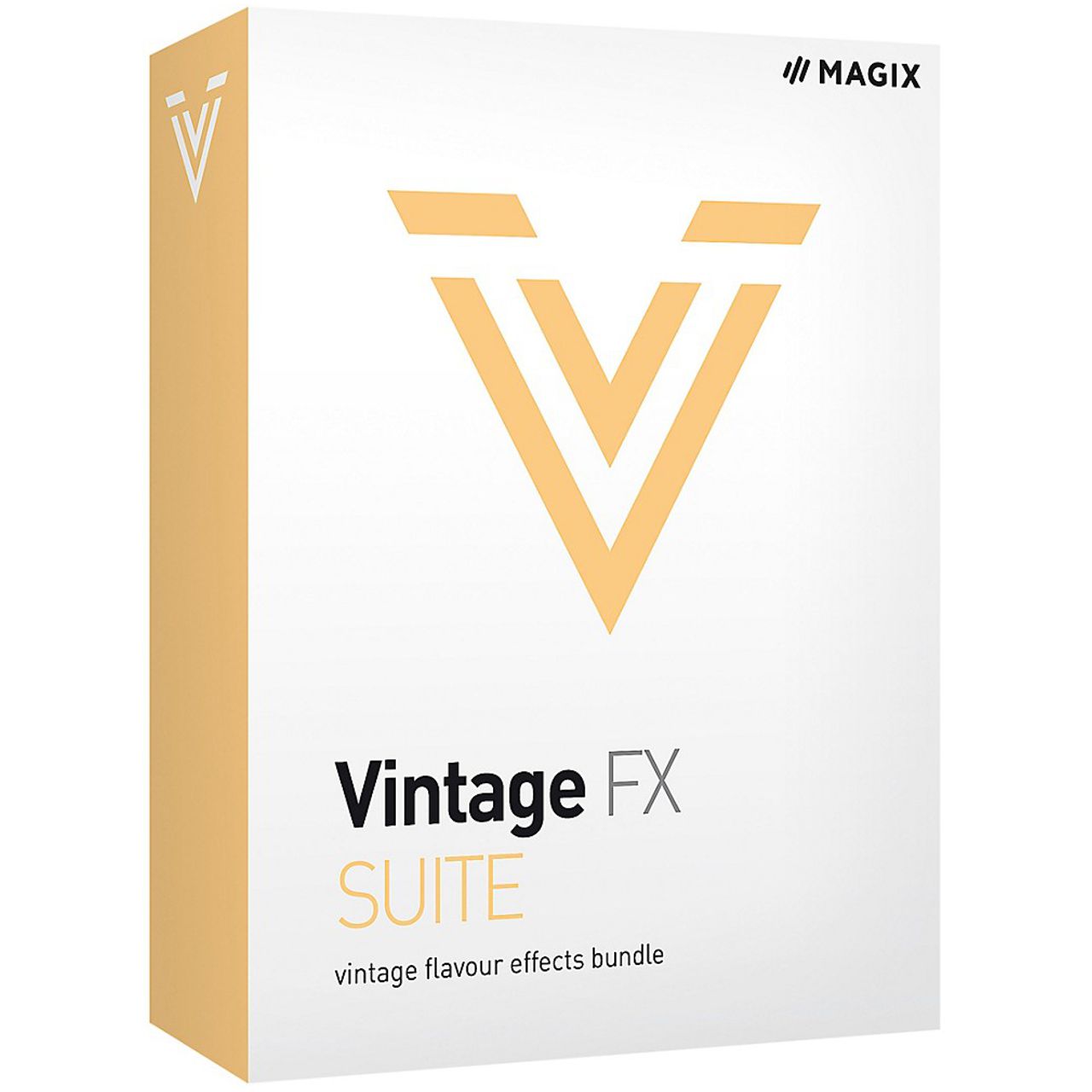TWENTY YEARS A REFERENCE MONITOR. WHY?

1. INTRODUCTION:
Historically, one of the most hotly contested topics of discussion in the recording industry has been that
of studio monitoring. The 75 years since the invention of the moving coil loudspeaker have not
culminated in anything approaching a consensus of a universal monitor. It would appear that a general
trend has been to use large, full-range monitors, with frequent reference to the smaller mixing monitors,
during the recording process, and vice versa during mixing. The loudspeakers often chosen for mixing
are those which lead the mixing personnel to produce, in the mixing environment, masters which “travel”
well to their use by the record buyers. The mixing environment is rarely representative, however, of the
final use environments. This situation is often dictated by the need to have a mixing console and effects
rack in the middle of the room, together with sound isolation requirements which can take recording
studios a further step away from domestic acoustics.
Given all the variables in the recording chain, it is little wonder that a large number of loudspeakers are
used as mixing monitors, but one loudspeaker has dominated the worldwide pop / rock music mixing
world for almost 20 years; the Yamaha NS10M. This paper will look at the characteristics of the NS10M,
and its application, in an attempt to find what objective characteristics may have led to it becoming a de
facto reference standard, even though it was not originally (in its earlier, NS10 form) designed to do so.
2. THE ORIGIN OF THE NS10
The first version of the NS10 began to be used in many recording studios in the early 1980s. It had been
designed as a domestic hi-fi loudspeaker, but had been received poorly by the public and press. In
studio use however, it sat comfortably on the top of most mixing consoles, it appeared to have a sound
character that mixing personnel had been looking for, and it could handle a solo bass drum at the
required level for mixing, without expiring. The original NS10s were often used with toilet paper over the
tweeters, because early experience found them to lead to mixes which lacked high frequencies
compared to what was considered to be normal in people’s homes. It is interesting to note that the refitting
of the original grill-cloth, usually removed by studio personnel, often had the same effect!
In the mid 1980s, in the light of the experience of its professional uses (and after its general failure in its
intended market) its manufacturers replaced it with the “NS10M Studio”, which was a reinforced version
that could handle considerably more power and which had a somewhat reduced high frequency
response. With this model they came closer than anybody had previously achieved to setting a
monitoring standard for mixing. The close field use of the loudspeaker, usually no more than about a
metre from the listener’s ears, and the relatively consistent presence of the flat surface of a mixing
NS10M: Reference Monitor − PR Newell, KR Holland & JP Newell
console beneath them, set a common environment for their use which was less affected by room
responses than was the case for more distant monitors; but why the NS10M?

3. SPECIFICATIONS:
The NS10M consists of a 10.4 litre sealed enclosure, with a 180mm paper coned low frequency driver
and a 35mm soft domed tweeter. The crossover is two-way, second order passive, with asymmetric
turnover frequencies and in-phase connected drivers. The frequency range is quoted from 60Hz to
20kHz, the sensitivity 90dB SPL at one metre for one watt input, and the maximum (peak) power input as
120W. The crossover frequency is 2kHz, and the nominal impedance is 8 ohms.
4. PERFORMANCE UNDER OBJECTIVE TEST:
Figures 1—3 show the frequency response, harmonic distortion, step response and waterfall plots for 36
different close-field monitoring loudspeakers; one of which (#36) is the NS10M. All of the measurements
were carried out under as close to identical conditions as possible in the large anechoic chamber at
ISVR, University of Southampton. These plots present a rare opportunity to directly compare the
objective characteristics of a number of loudspeakers and hence, for the purposes of this paper,
assess the relative performance of the NS10M.
Although the crossover of the NS10M is a second order design, and the drivers are connected in phase,
the frequency response plot shown in Figure 1(36) does not show the characteristic dip at the crossover
frequency. This is probably due to the physical misalignment of the drivers, in terms of their distances
from the front panel, creating a signal delay which approaches a half wavelength at the crossover
frequency. The step function response shown in Figure 2(36) shows a temporal misalignment between
the drivers of about 0.5 milliseconds, which by general standards is good. The harmonic distortion
performance is also very good for a loudspeaker of such dimensions (Figure 1(36)), the second harmonic
being about 37dB down (just over 1%) at 100Hz, with the third harmonic a further 10dB below that. The
mid-range distortion is also a respectable 50dB down around 2kHz; all figures being measured at 90dB
SPL at 1m distance.
Figure 1(36) shows that the NS10M does not have a flat frequency response, but, in common with a
some other responses in Figure 1, has an inverted “V” characteristic which peaks in the mid-frequency
range. The waterfall plot in Figure 3(36) shows a very rapid decay over the entire frequency range and
also an absence of the mid-range ringing evident in many of the other plots in Figure 3.
5. DISCUSSION OF RESULTS AND SUBJECTIVE PERCEPTIONS:
The NS10M exhibits step function and harmonic distortion performances which are better than average
for loudspeakers of its genre. The frequency response under anechoic conditions would not generally be
considered to be good, however, and shows a deviation of ±5dB over the range from 85Hz to 20kHz.
Figure 4 shows the frequency response of an idealised loudspeaker, approximately the same size as the
NS10M, in two different acoustic environments. The solid curve is the response of the driver and cabinet
in free-space and the dashed line is the response of the same driver and cabinet mounted flush in an
NS10M: Reference Monitor − PR Newell, KR Holland & JP Newell
infinite wall. The flush-mounted response is seen to be flat over a wide range of frequencies, whereas
the free-space response shows the inverted “V” characteristic noted above. It is likely then, that flush
mounting the NS10M should bring about a flattening of its frequency response characteristic, which is
consistent with the fact that it was designed as a bookshelf loudspeaker. The response under typical
monitoring conditions − mounted on a mixing console meter bridge − will not correspond with either of
these but instead may lie somewhere between.
A comparison between Figures 5 and 6 demonstrates a typical change in the frequency response of the
NS10 when it is mounted on a real mixing console. These measurements were taken outside, with the
loudspeaker, console and microphone “flown” 4m above the ground, and at least 4m from any walls, via
a crane; the microphone was 1.2m from the loudspeaker. Figure 7 shows the measurement repeated in
a room considered representative of a typical recording studio control room. From the concept of a flat
response being a necessary requirement for monitoring, the progressive response disturbance shown in
Figures 5 would seem to be moving the NS10M into a state of uselessness. The reality, however, is that
the NS10M in these conditions has been widely accepted above almost any other type of loudspeaker.
Considering that all loudspeakers in such circumstances would suffer rather similar response
disturbances, one conclusion could be that the decidedly non-flat free-field response of the NS10M is
being brought nearer to an overall flatness by its surroundings. It suggests that a form of “target function”
response characteristic is valuable. The target function concept has been used for decades in the design
of crossover networks, whereby the crossover filter design is aimed at taking into account the
loudspeaker driver responses in order to achieve the desired acoustic response in front of the cabinet. In
a similar way, is a flat free-field response of significance if the mounting conditions can be guaranteed to
disturb that response?
Clearly it is difficult to manufacture a loudspeaker to meet a target response if that response variability is
too wide, such as in people’s homes, but it could be that the typical use of NS10Ms in control rooms
could be sufficiently consistent in the close field to make one such design generally suitable.
The other very significant aspect of the performance of the NS10M is seen in the waterfall plot in Figure
3(36). No other loudspeaker shown in Figure 3 shows a shorter low-frequency decay time; indeed, such
a rapid decay is usually only found in large, high quality, full-range monitor systems.
It is interesting to note that the loudspeaker which came closest to becoming a standard reference in the
rock / pop mixing world, prior to the NS10, was the Auratone 5C Sound Cube, the response of which is
shown in Figures 1(9), 2(9) and 3(9). Ignoring the peaks around 8 and 12kHz, the overall response has a
similar character to that of the NS10M.
In professional use, a slight roll-off of the high frequency response, as exhibited by the NS10M, is quite
widely accepted as a desirable response characteristic. This is due partly to the extra top perceived
during the higher SPLs often used in studios, the reduction of listening fatigue, the belief that to err on the
side of more top in the recording is better than too little, and in the light of experience that such a
monitoring response leads to a more desirable balance of the recordings in their final destinations.
What is also very significant is that many of the loudspeakers tested exhibit rather long low-frequency
decay times (Figure 3) as a consequence of the use of both reflex enclosures and electronic protection
filters. This has often been done in an attempt to get an extended low frequency performance at
relatively high SPLs from small enclosures. Recent work carried out at the ISVR on the audibility of highpass
protection filtering has suggested that filters acting above 30Hz are perceived to audibly colour the
sound. One consistent complaint from mastering engineers has been that from the less advanced
studios, a common problem due to poor monitoring is a mis-balance in the relative mix of the bass guitar
and bass drum that cannot be corrected by equalisation at a later stage. These mis-balances are almost
NS10M: Reference Monitor − PR Newell, KR Holland & JP Newell
certainly due to time-related response problems in the mixing environment at low frequencies.
During the mixing process, there is a tendency for recordists to want to hear a clear mid-range, because
that is where more instruments are often fighting for the same space. Once things are balanced in this
region, the basis of a mix is often established. This process may be helped by the raised mid-frequency
response of the NS10M. The fast low frequency decay time exhibited by the NS10M will also tend to
help to ensure that the bass guitar / bass drum are correctly balanced. The net result of these points is
that the resultant balance of low- vs mid-frequencies will probably be correctable using equalisation
should that be deemed necessary during the mastering process.

6. SUMMARY:
From the investigations presented, and from experiences in the use of the NS10M, it would appear that
the following statements can be made.
• The free-field frequency response of the NS10M gives rise to a response in typical use which
has been recognised by many recording personnel as being what they need for pop / rock
music mixing. The principal characteristics are the raised mid-range, the gentle top-end rolloff,
and the very fast low-frequency decay; the latter is aided by the 12dB / octave roll-off of
the sealed-box cabinet.
• The time response exhibits a better than average step function response, which implies good
reproduction of transients. Many people speak of the “rock and roll punch” of the NS10M.
• The distortion characteristics are also better than average for a loudspeaker of such size.
• The output SPL is adequate for close-field studio monitoring with adequate reliability.
• In many of these characteristics, the NS10M mimics the response of many good larger
monitor systems in well-controlled rooms. They are hence recognisable to many recording
personnel in terms of their overall response.
• They are tools to achieve a well-balanced mix. It is notable how many of the people who use
them in studios do not use them for home listening.
7. ACKNOWLEDGEMENT:
The loudspeaker measurements shown in Figures 1 to 3 were carried out on behalf of, and paid for by,
Studio Sound magazine as part of a continuing series of objective loudspeaker reviews.
Philip R Newell Consultant, Moaña, Spain
Keith R Holland ISVR, University of Southampton, UK
Julius P Newell Independent Audio Systems Engineer, UK




